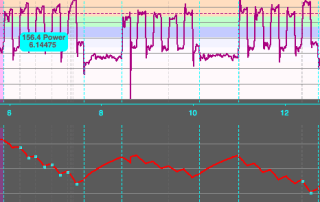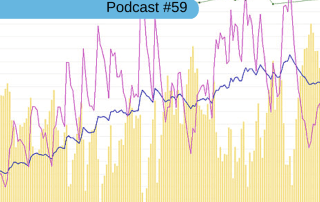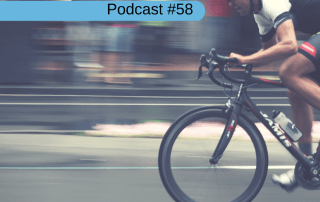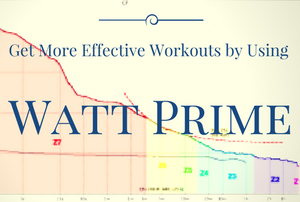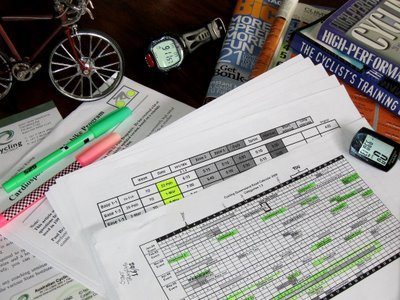VO2 Max Training in 30 Seconds
VO2 max training is one of my secret keys to building strong cyclists, and it's the key to unlocking bigger functional threshold power (FTP) gains later in your training. Physiologically, VO2 max is the maximal amount of oxygen your body can use during high-intensity exercise. FTP is simply a fraction of that maximal amount under which your body is primarily producing energy through aerobic means. Basically, think of VO2 max as your fitness “ceiling”. You can only increase your FTP so far before you start running into that ceiling, so you have to “raise the roof” on your fitness if you want to bump your FTP up further.
Here's the part most people don't realize: you don't need to backload your program with a ton of 5 to 8-minute intervals in order to accomplish the goal of VO2 max training.
VO2 Max Training In 30 Seconds?
Microburst training is one of the many tools I use to build fitness in the athletes I coach. Surprisingly, microburst training (which is a fancy way of saying really short, really hard repetitive interval training) is a quick way to boost your cycling fitness and make you stronger and faster. It's been tested time and time again, and while it's TRUE that you can build big fitness in 30 second blocks, you have to be prepared to bury yourself in the pain cave for a while. If you're able to handle the intensity, you'll end up realizing fitness gains you never believed you'd find in such a short time.

